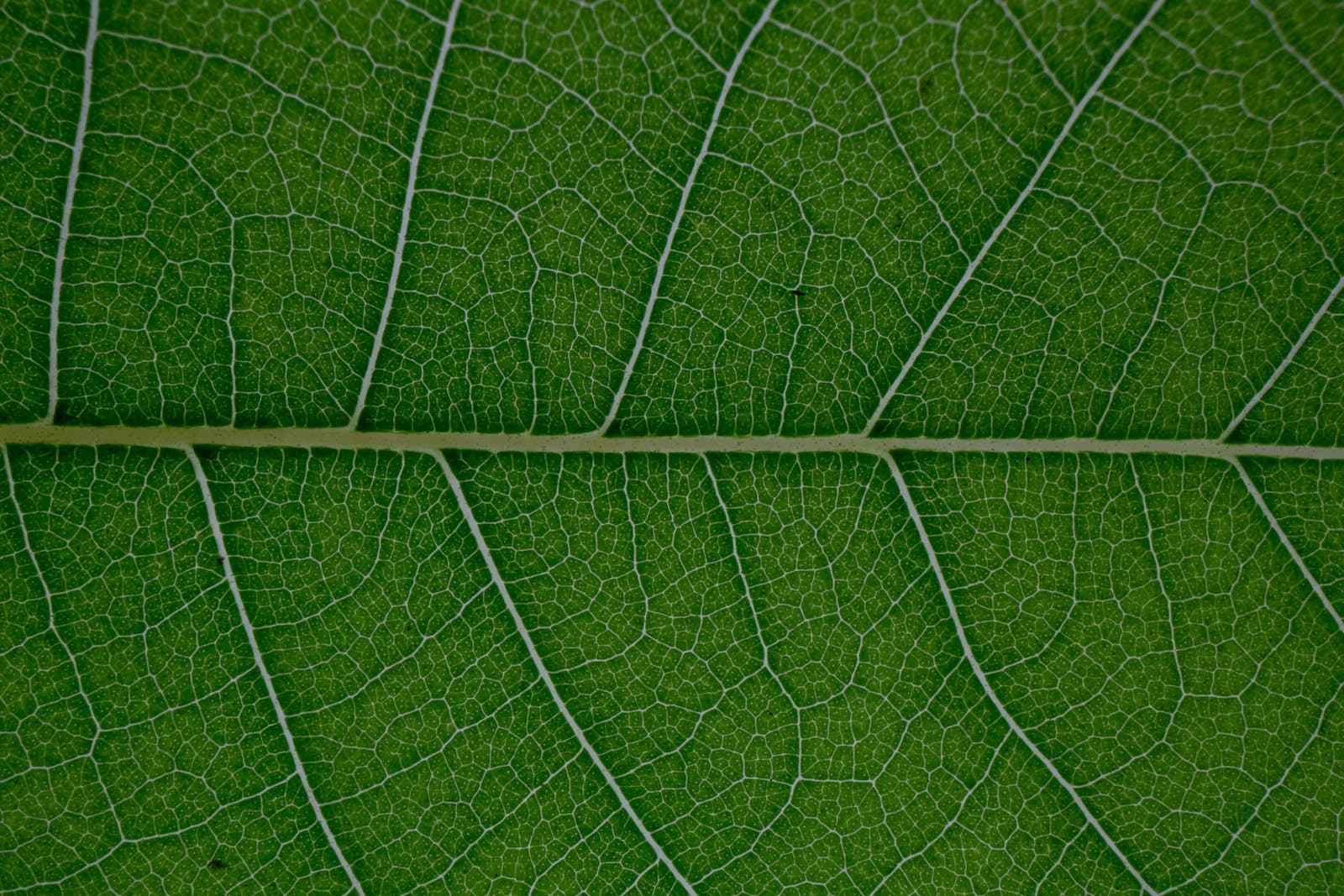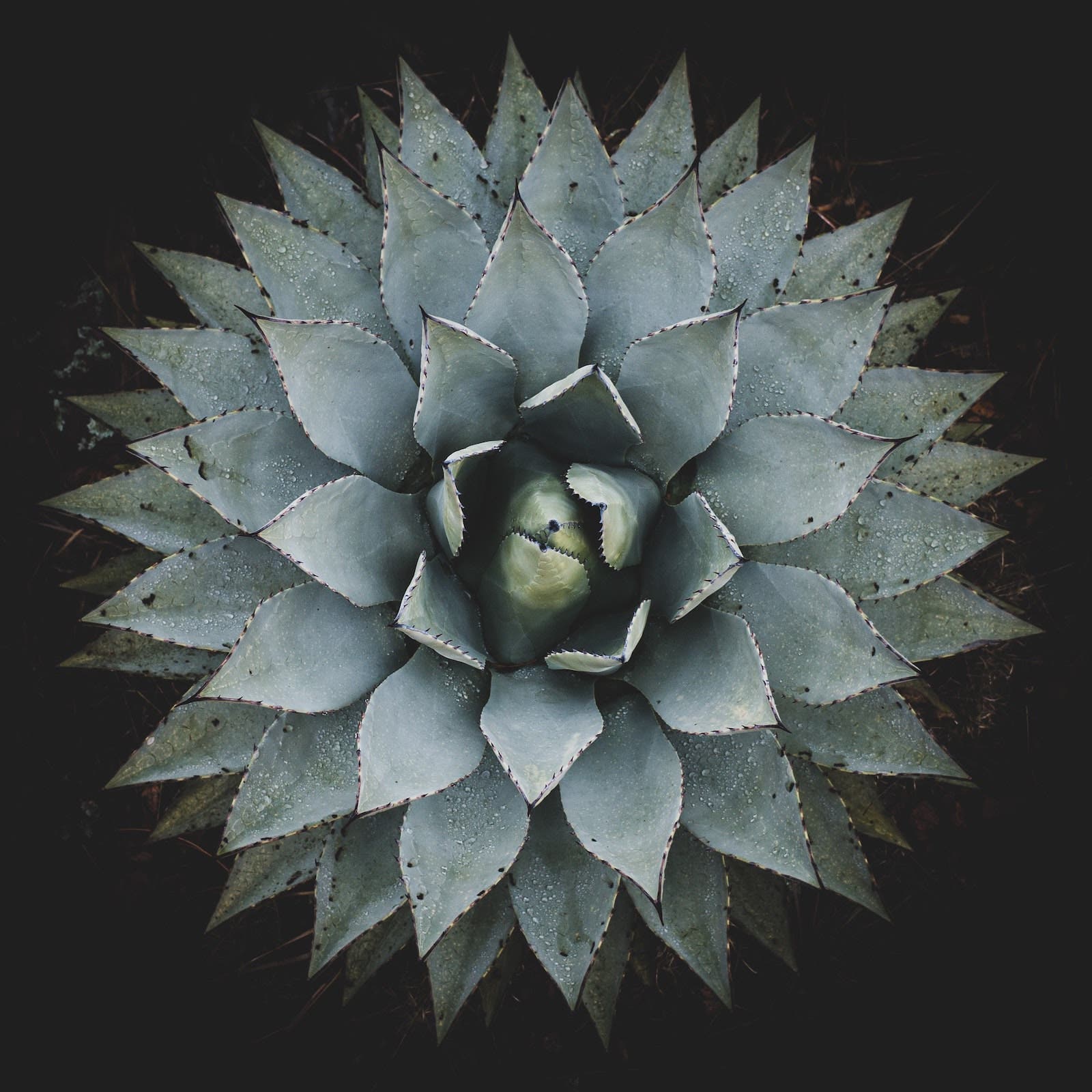Of all the composition techniques that we as photographers can pull from to enhance our imagery, photographing patterns is one of the most powerful. All kinds of patterns exist around us, in nature as well as in man-made objects, but they often go unnoticed. With practice, we can learn to recognize and capture these patterns in unique and creative ways. Eventually, we can incorporate them into a variety of genres, including portraits or landscape photos. Below, we’ll explore the art of seeing patterns and share tips on how to master pattern photography as an art form as well as a means for strengthening our photography skills in general.
What is Pattern Photography?
Pattern photography focuses on capturing and highlighting various patterns, designs, and textures in photos. Including patterns in our photographs is a great way to make our images more visually interesting. Like other genres, this type of photography requires a keen eye for detail, as well as an understanding of composition, lighting, and perspective to create striking images that highlight the patterns and textures we find.
A Guide to Mastering Pattern Photography
- Different Types of Patterns in Photography
- Tips for Capturing Pattern Photography
- Start with Common Patterns
- Look for Breaks in the Pattern
- Capture the Pattern from Different Angles
- Use Lighting and Shadows to Enhance Patterns
- Edit to Further Enhance Lighting and Shadows in Patterns
- Incorporate Other Elements of Design in Pattern Photography
- Use Patterns as a Backdrop
- Add a Pattern to the Scene
Different Types of Patterns in Photography
To begin our journey toward mastering pattern photography, let’s take a look at different types of patterns that we might highlight in our photos. We’ll need to know what we’re looking for before we can confidently recognize and identify these patterns in the wild.
Geometric Patterns

Geometric patterns use and often combine basic shapes, lines, and angles to create a repeating, symmetrical pattern. They can be found in a wide range of visual arts, including textiles, architecture, ceramics, and graphic design. Some common types of geometric patterns include chevron, hexagonal, herringbone, and tessellations. One effective trait they lend to our photography is that they create a sense of order and structure in the frame and help us lead our viewer’s focus.
Organic Patterns

Unlike geometric patterns, which use regular shapes and lines to create a structured and repeating pattern, organic patterns are often irregular, asymmetrical, and fluid. We can use organic patterns in our photography to create a sense of balance or convey movement, among other things.

Some common types of organic patterns include floral patterns, animal patterns (zebra stripes, leopard spots, fish scales, etc.), landscape patterns (trees in the forests or waves in the ocean), as well as abstract organic patterns, like those you’d find in the flowing lines of water or the patterns of light and shadow in a forest.
Abstract Patterns

This is the point where we jump into less structured territory, but there are still telltale signs to look for when exploring abstract patterns. This unique pattern type doesn’t aim to represent any recognizable objects or forms. Instead, they use a combination of shapes, lines, colors, and textures that are often non-representational and non-figurative. Some common types of abstract patterns include curves, swirls, blobs, dots, lines, dashes, or even a variety of colors.
We can use abstract patterns in photography to create a sense of energy or to convey a particular mood.
Repeating Patterns and Symmetrical Patterns

When we think of “patterns,” we typically think about some form of repeating or symmetrical patterns. We can often find these in man-made objects as well as in nature. Clean repeating patterns work equally well as a background element or standalone subject for pattern photography. They can do it all!
Color Patterns

Color patterns use different colors, typically in a repeating pattern, to create a particular visual effect. Some common types of color patterns include the following:
- Monochromatic color patterns: These patterns use different shades and tones of a single color to create a subtle and harmonious effect.
- Analogous color patterns: These patterns use colors that are adjacent to each other on the color wheel, such as blue and green or red and orange, to create a sense of harmony and unity.
- Complementary color patterns: These patterns use colors that are opposite each other on the color wheel, such as blue and orange or red and green, to create a sense of contrast and vibrancy.
- Triadic color patterns: These patterns use three colors that are equidistant from each other on the color wheel, such as red, yellow, and blue, to create a bold and dynamic effect.
- Gradient color patterns: These patterns use a range of shades or tones of a single color or multiple colors, arranged in a gradual progression from light to dark or from one color to another.
Tips for Capturing Pattern Photography
Here are some tips for capturing pattern photography that you can put to use right away.
Start with Common Patterns

Let’s begin on the simple side of the pattern photography spectrum to start building our pattern-catching muscles. We can use our immediate surroundings to seek out some of the basic shapes and patterns described above. Remember to look in all directions when seeking patterns, like down at the tiles on the floor, over to the repeated shapes in the shutters, or up to the symmetrical ceiling fan overhead. Wherever you find yourself, look for easy-to-spot patterns to capture in your immediate area.
Look for Breaks in the Pattern

While patterns create a strong compositional element, breaking patterns can make the use of patterns even more powerful. This is true even when the object that breaks the pattern remains relatively small in the frame. It works similarly to placing a relatively small object into a frame filled mostly with negative space. Our eyes undoubtedly move quickly to the break in the pattern. Use this idea for effect in your pattern photography.
Capture the Pattern from Different Angles

Sometimes, if we change our perspective, we can see things in a new way. Straight ahead, top-down, or close up, shooting objects from different directions and distances can reveal patterns that we might not have otherwise noticed. In addition, we can crop the frame to control how much of any given pattern we want to reveal.
Use Lighting and Shadows to Enhance Patterns

I’ve mentioned in a previous article on shadow photography that shadows serve as a key ingredient and provide flavor in photos. You can use the tips I share about light direction in that article to enhance your pattern photography. The main thing to pay attention to is light direction, in order to control your shadows. If you’re using flash, watch the balance between flash power and ambient exposure to get the look you’re after.
Edit to Further Enhance Lighting and Shadows in Patterns

It’s great when we can get our shots close to finished in-camera, but there’s no shame in using post-production techniques to fully realize our vision. Your edits can range from adding a simple vignette to making more significant adjustments. For pattern photography, there are a few common editing techniques we can use to accentuate the patterns. These will vary, of course, depending on your style and preferences.

Adjusting contrast and brightness is one way to help bring out patterns. You can use a contrast slider to achieve this, or as I prefer, adjust the tone curves using the point curve and parametric curve. Using the curves rather than the general contrast slider gives you more control over exactly which adjustments you’re making. For example, you can isolate adjustments to the mid-tones and overall exposure using the point curve. Simply click on a point in the middle of the graph and drag it upward to increase the exposure, or downward to decrease it.

Another go-to adjustment for pattern photography has to do with enhancing colors and tones for a more dramatic effect. Making color adjustments can also help limit distracting elements in the photos.
Incorporate Other Elements of Design in Pattern Photography
In this video on Adorama’s YouTube channel, photographer Bryan Peterson demonstrates a quick and easy method for stacking compositional elements for more interesting photos. In the video, Bryan starts with a simple landscape photo that captures a line of trees alongside the road, creating a repetitive pattern of lines created by the trees, with yellow flowers and green leaves adding texture to the shot. Then, Bryan introduces a model wearing a hot pink sweater into the frame to add a pleasant break in the pattern with complementary colors. The new subject also changes the photo from a composition-limited landscape shot to an environmental portrait.
Use a Pattern as Your Backdrop for Portraits

One fun way we can use pattern photography is to create interesting backdrops. By creatively using patterns as backdrops for portraits, we can add texture and depth to our photos. Here are some tips for using patterns as backdrops for portraits:
- Neutral Color Palette: Look for patterns with a neutral or uniform color palette: Patterns with a neutral color palette, such as black and white or shades of gray, can create a clean and timeless look for your portraits. This allows the focus to be on the subject rather than the backdrop.
- Texture and Depth: Patterns with a lot of texture, such as a brick wall, a woven fabric, or even leaves in a bush (see above) can add depth and interest to your portraits. This creates a more dynamic look and feel to your photos.
- Complement the Subject: The pattern you choose should complement the subject’s clothing, skin tone, and overall style. Consider using complementary colors or patterns that match the subject’s clothing or accessories.
- Theme or Mood: Patterns can be used to create a specific theme or mood for your portraits. For example, floral patterns can create a romantic or feminine mood, while geometric patterns can create a more modern and abstract look for your pattern photography.

Columns make great go-to backdrops for using patterns in portrait photography, as illustrated above.
Add a Pattern to the Scene

This might not always be an option, but we can enhance our portrait photography in a scene without patterns when we introduce patterns through props. In the image above, for example, I held a palm frond in front of my camera to add a foreground element that also served as a pattern filled with leading lines. Even if you don’t have a palm frond on hand, chances are you can find some element in the environment to use in your portraits.
Conclusion
Mastering the art of pattern photography requires a keen eye and a willingness to experiment with different angles, lighting, and perspectives. When you invest adequate time and energy into this pursuit, however, the payoff is worthwhile. Do it on your own, even with your phone, to stay in practice and keep sharp.
**Feature photo by Pixabay.






